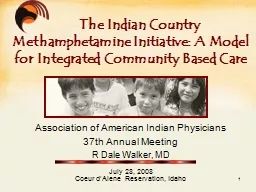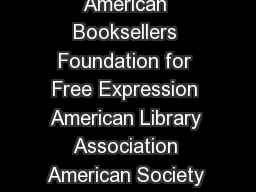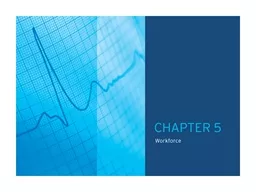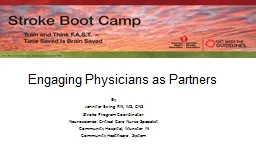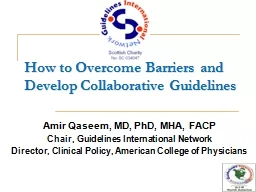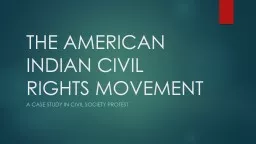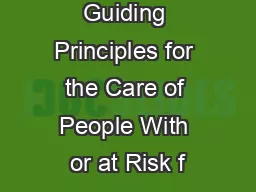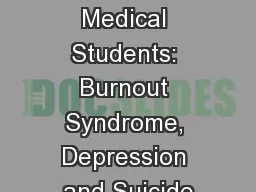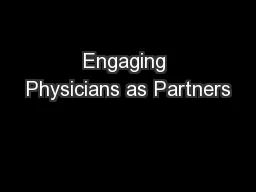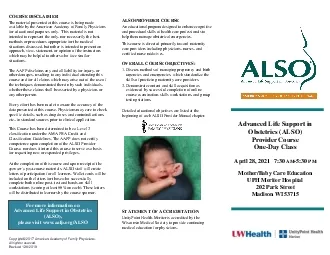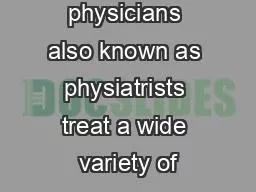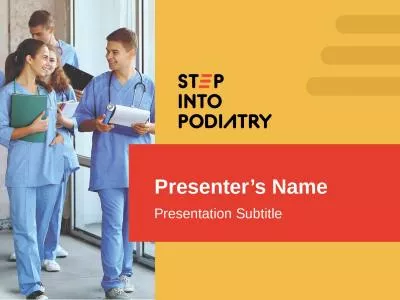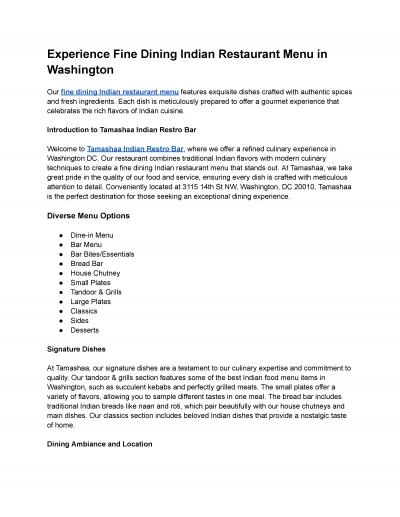PPT-Association of American Indian Physicians
Author : likets | Published Date : 2020-08-04
37th Annual Meeting R Dale Walker MD July 28 2008 Coeur dAlene Reservation Idaho The Indian Country Methamphetamine Initiative A Model for Integrated Community
Presentation Embed Code
Download Presentation
Download Presentation The PPT/PDF document "Association of American Indian Physician..." is the property of its rightful owner. Permission is granted to download and print the materials on this website for personal, non-commercial use only, and to display it on your personal computer provided you do not modify the materials and that you retain all copyright notices contained in the materials. By downloading content from our website, you accept the terms of this agreement.
Association of American Indian Physicians: Transcript
Download Rules Of Document
"Association of American Indian Physicians"The content belongs to its owner. You may download and print it for personal use, without modification, and keep all copyright notices. By downloading, you agree to these terms.
Related Documents

